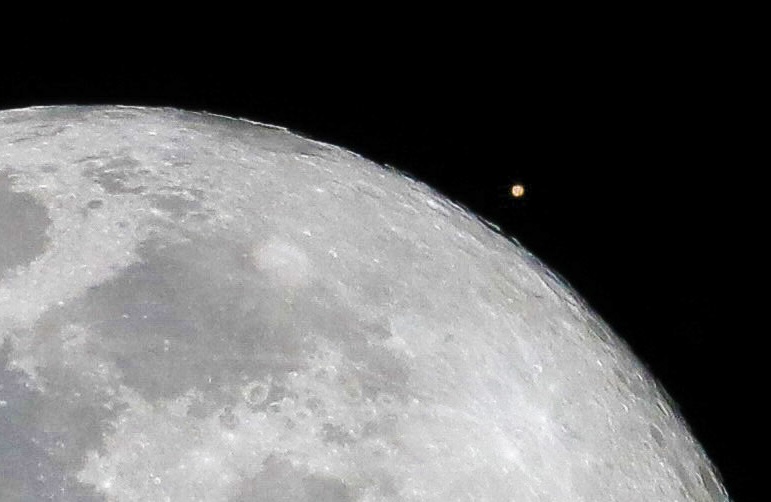Lunar Occultation of Mars: A Rare Celestial Event
On the night of February 4-5, 2042, astronomy enthusiasts across the United States will have a rare opportunity to witness a lunar occultation of Mars, where the Moon will pass in front of the Red Planet, momentarily obscuring its light. This event is part of a series of celestial occurrences that typically happen around each Martian opposition, with the last significant occurrence visible from the U.S. taking place on December 7, 2022.
Upcoming Celestial Events
While the lunar occultation on February 2022 will be notable, it will not be the only one in the coming years. Additional lunar occultations of Mars will occur in 2035, 2038, and 2039, although visibility will be limited to specific regions such as South Florida and the Pacific Northwest. These events are relatively scarce and are only observable from limited geographical areas, often either over oceanic expanses or polar regions.
Understanding Lunar Occultations
Lunar occultations occur when the Moon moves in front of a planet, blocking its view from Earth. This phenomenon is not exclusive to Mars; the Moon also occasionally covers Venus, Jupiter, Saturn, and even more distant celestial bodies. For avid stargazers, a resource called In-The-Sky.org offers detailed schedules for future lunar occultations, allowing users to plan their observations by selecting their geographical location.
The Beauty of Celestial Observations
Astronomers and casual viewers alike often find lunar occultations breathtaking. Reflecting on personal experiences, one observer expressed their awe at witnessing the transit of Venus across the Sun, an event that occurs only twice every 121 years. The encounters with these planetary bodies can provide profound insights into the scale and complexity of our Solar System.
“Seeing Mars, twice the size of the Moon, rising above the lunar horizon like a rusty BB pellet next to a dusty volleyball provided a perfect illustration of the scale and grandeur of the Solar System,” noted one enthusiastic observer. Such moments can evoke a sense of humility and wonder as one contemplates the varying characteristics of the planets—each unique in size, color, and composition—while standing on Earth.
Human Endeavors in Space Exploration
Lunar occultations serve not only as a spectacle but also as a reminder of humanity’s ongoing quest for exploration. Currently, robots are actively studying both the Moon and Mars. Governments and private entities are advancing plans to land astronauts back on the Moon in the near future, with aspirations for human expeditions to Mars following shortly after.
While significant hurdles exist in terms of financing and technology for these ambitious missions to Mars, the anticipation builds. Observers were left with a feeling of hope and excitement after witnessing the lunar occultation on a recent night, envisioning a time when humans might tread on the dusty surface of Mars.
Conclusion: A Cosmic Connection
The upcoming lunar occultation of Mars encapsulates not only the awe of celestial wonders but also the broader narrative of human exploration. Events like these bridge our understanding of space with the ambitions to explore it. They invite stargazers to reflect on their place in the universe and the ongoing journey of discovery, showcasing the delicate tapestries of the solar system that link humanity to the cosmos at large.
In a world increasingly enriched by technology and exploration, witnessing such astronomical events serves as a poignant reminder of both our insignificance and the infinite possibilities that await our curious minds. The countdown to February 4-5, 2042, is already underway for skywatchers keen on experiencing this remarkable event.









